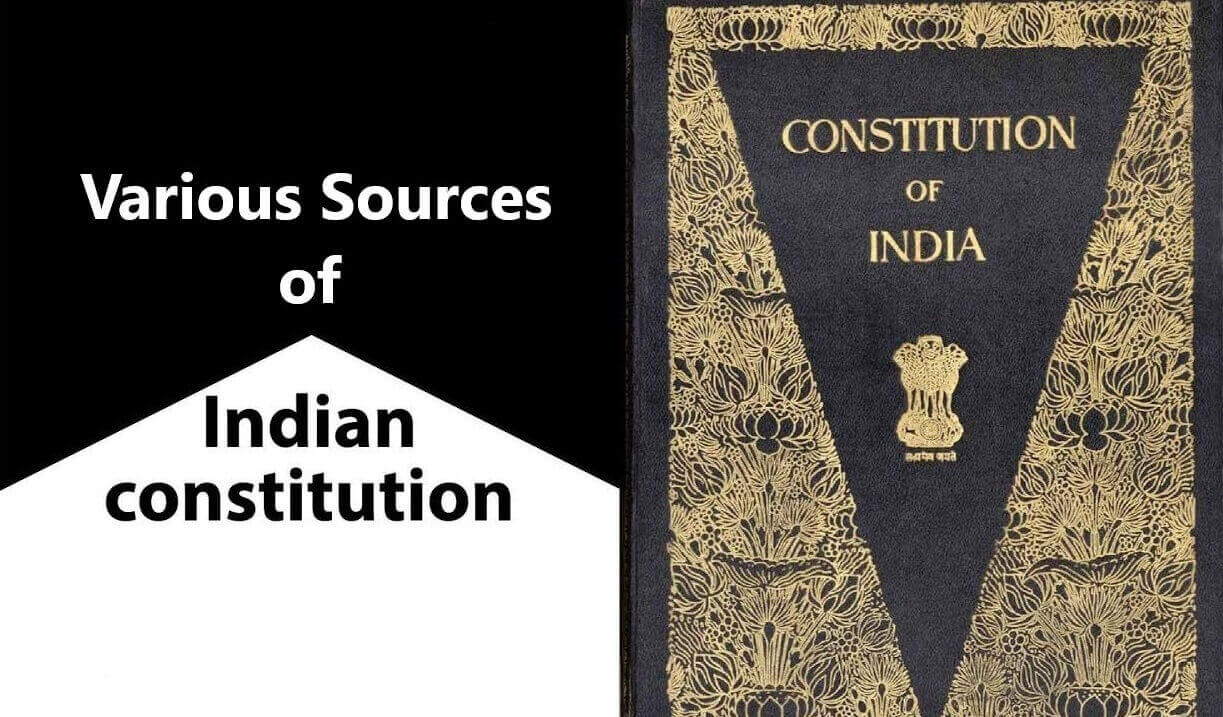Polity
Sources of Indian Constitution and Adopted Features
Sources of Indian Constitution
Table of Contents
- The Constitution of India is the backbone of democracy in our country. It is an umbrella of rights that gives the citizens an assurance of a free and fair society.
- The Constituent Assembly adopted the Constitution on 26th November 1949 and it came into effect on 26th of January 1950.
- The document lays down the framework demarcating fundamental political code, structure, procedures, powers, and duties of government institutions and sets out fundamental rights, directive principles, and the duties of citizens.
- The Indian Constitution has been formed after ransacking all the major constitutions of the world; however, at the same time, the framers have also considered the following factors
-
-
- Historical perspective of India;
- Geographical diversity of India; and
- Cultural and traditional characteristics of India.
-
- The chairman of drafting committee Dr. Ambedkar had said in this regard that – “As to the accusation that the Draft Constitution has reproduced a good part of the provisions of the Government of India Act, 1935, I make no apologies. There is nothing to be ashamed of in borrowing. It involves no plagiarism. Nobody holds any patent rights in the fundamental ideas of a Constitution….”
Sources of Indian Constitution
|
Countries |
Features |
Govt. of India Act 1935 |
|
The United Kingdom
|
|
The United States of America
|
|
Canada
|
|
Australia
|
|
Ireland |
|
France |
|
Russia |
|
South Africa |
|
Germany |
|
Japan |
|
So, this was all about the various Sources of Indian Constitution and Adopted Features.
In the Next Post (Click Here), we will discuss about the Indian Union and its Territory.

